 In prehistoric time, Inuit peoples wore flattened walrus ivory glasses to block harmful reflected rays of the sun, and the earliest historical reference to sunglasses dates to ancient China and Rome. Sunglasses made of lenses of smoky quartz offered no corrective powers and didn’t protect eyes from harmful UV rays, but did offer protection from glare.
In prehistoric time, Inuit peoples wore flattened walrus ivory glasses to block harmful reflected rays of the sun, and the earliest historical reference to sunglasses dates to ancient China and Rome. Sunglasses made of lenses of smoky quartz offered no corrective powers and didn’t protect eyes from harmful UV rays, but did offer protection from glare.
James Ayscough began experimenting with tinted lenses in 1752 in the belief that blue-or green-tinted glass could correct specific vision impairments. Protection from the sun's rays was not a concern. In the early 1900s, the use of sunglasses become more widespread, especially among Hollywood movie stars. Sam Foster introduced inexpensive mass-produced sunglasses - actually made to protect eyes from the sun - in the U.S. in 1929.
Sunglasses even played a significant role during the World War II, when Ray Ban created anti-glare aviator style sunglasses, using polarized lenses patented in 1936 by Edwin H. Land. Ray-Ban Aviator sunglasses became popular with celebrities and the public in 1937.
Today, most everyone understands the need to protect their eyes from the UV rays that can cause cataracts, macular degeneration, and pterygium. While how you look in sunglasses is certainly important, how well they protect your eyes should be your primary concern.
When purchasing sunglasses, look for ones that block 99 to 100% of both UVA and UVB rays. And don’t forget that sunglasses are a year-round necessity because you’re always subject to ultraviolet exposure outside. This is doubly true if you’re on or near the water or hitting the ski slopes in the winter as water and snow reflect sunlight.
As far as style, a wraparound style can reduce the amount of UV exposure to your eyes and can better protect the thin skin around your eyes from premature aging. Polarization reduces glare, which can be more comfortable for your eyes. And while tints may make you look cool, the color of your lenses is purely cosmetic. Choose a pair that suits your taste and budget, as long as they offer 99 to 100% UV protection. The biggest difference between cheap and pricier sunglasses? More expensive versions have better frames, so the price-point is up to you.
Have questions about sunglasses, or just want to come in and see how good you can look? We’re here to help you look and feel good at Allied Eye. Give us a call today at (423) 855-8522.

